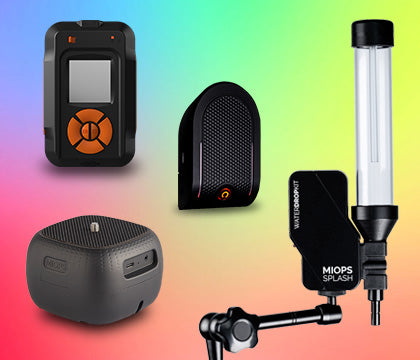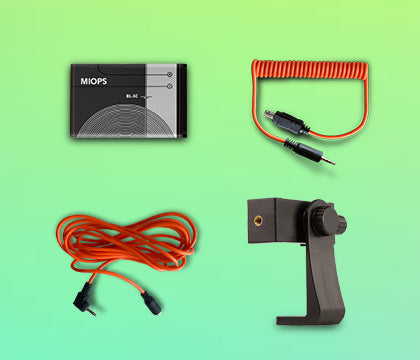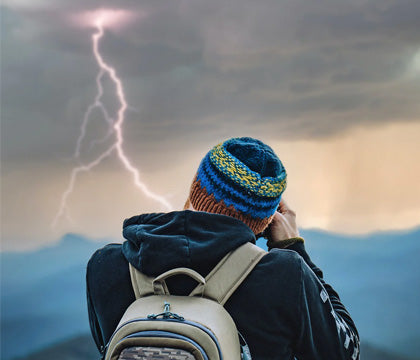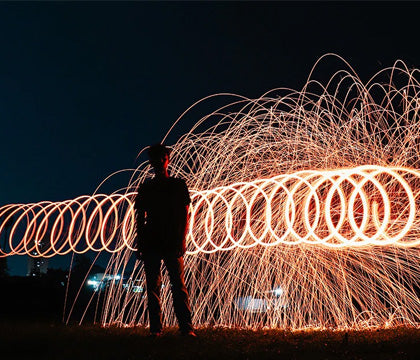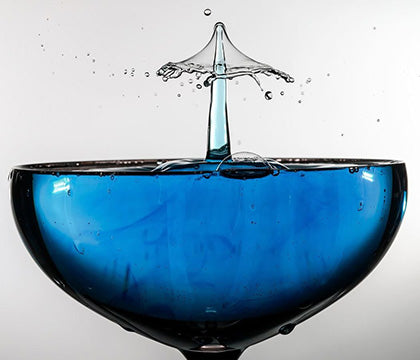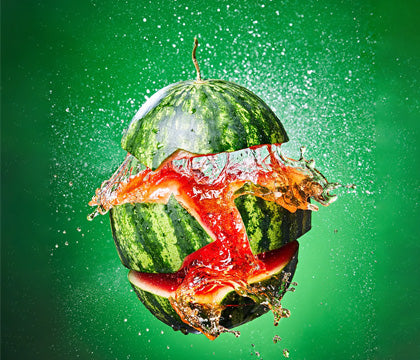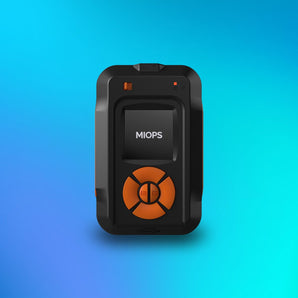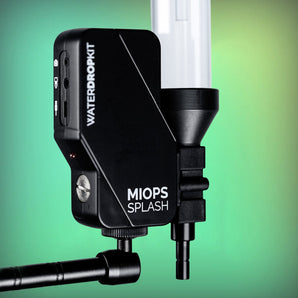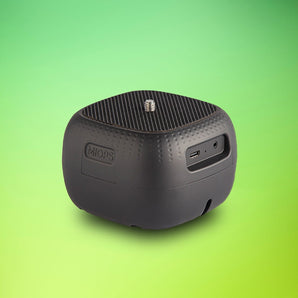High-speed flash photography is a fascinating technique that allows photographers to freeze fast-moving subjects with incredible precision. Whether you're capturing water droplets, smashing objects, or wildlife in action, high-speed flash photography can help you achieve stunning results. This guide will walk you through the essentials of high-speed flash photography and how to master it.
1. What is High-Speed Flash Photography?
High-speed flash photography involves using a fast, short-duration burst of light to capture objects in motion. Unlike traditional photography, where shutter speed determines the exposure time, in high-speed flash photography, the flash duration is what freezes the action. The shorter the flash duration, the better the motion will be frozen without blur.
This technique is widely used in scientific research, product photography, and creative artistic shots. It is ideal for capturing moments that the human eye cannot perceive, such as a bursting balloon, a matchstick igniting, or an insect in mid-flight.

2. Essential Equipment for High-Speed Flash Photography
Camera:
-
A DSLR or mirrorless camera with manual mode for better control.
-
Cameras with high flash sync speed help reduce ghosting effects.
Flash Unit:
-
A speedlight or studio strobe with adjustable power settings.
-
MIOPS Smart+ – A smart trigger that helps synchronize your flash with motion or sound events.
-
A flash unit with low power settings (1/32 - 1/128) will produce shorter flash durations, making it ideal for high-speed photography.
Tripod and Remote Trigger:
-
A sturdy tripod to keep your camera steady.
-
A remote shutter release to eliminate camera shake.
Dark Room or Controlled Environment:
-
A dark or low-light setting helps enhance the impact of the flash.
-
A black background can help isolate the subject and reduce distractions.
3. Camera and Flash Settings
Camera Settings:
-
Mode: Manual (M)
-
ISO: 100-400 (to reduce noise)
-
Aperture: f/8 - f/16 (for sharp focus and better depth of field)
-
Shutter Speed: Set to 2-3 seconds for long exposure to allow the flash to freeze the motion effectively.
-
Focus: Manual (pre-focus on the subject using a test shot)
Flash Settings:
-
Power: Lower power settings (1/32 - 1/128) produce shorter flash durations.
-
Triggering: Use a sound, laser mode for motion detection, or infrared trigger to precisely trigger the flash.
-
Multiple Flashes: Using multiple flashes from different angles can help eliminate unwanted shadows and enhance details.
4. Techniques for Capturing High-Speed Action
1. Water Droplet Photography
-
Use MIOPS Splash – a specialized water drop kit for precise and consistent droplet release.
-
MIOPS Splash drips the water and simultaneously triggers the flash to capture the moment precisely.
-
Experiment with colored gels for unique effects.
-
Try backlighting to highlight the details of the droplets.

2. Breaking Objects in Mid-Air
-
Use a hammer or air gun to break glass, fruits, or balloons.
-
A sound trigger can detect the impact and fire the flash.
-
Use a fast frame rate to increase the chances of capturing the exact moment of impact.
3. Capturing Fast-Moving Wildlife
-
Position flashes around feeding areas.
-
Use motion detection to trigger the flash when animals move.
-
Ensure flashes are diffused to avoid startling the subjects.
4. Freezing Smoke and Fire
-
Use controlled bursts of flame or vapor for artistic images.
-
A short-duration flash will help capture intricate smoke trails without blur.
-
Experiment with different angles to enhance the dramatic effect of fire and smoke.
5. Post-Processing Tips
-
Adjust brightness and contrast in Adobe Lightroom to enhance details.
-
Use Adobe Photoshop to remove unwanted reflections or distractions.
-
Stack multiple exposures for creative compositions.
-
Fine-tune color tones to emphasize the subject.
-
Reduce noise selectively while preserving sharpness in high-speed shots.
6. Additional Tips for Perfect Shots
-
Use multiple flashes for better lighting control and even illumination.
-
Experiment with different angles to add depth and dimension to your shots.
-
Try different flash power settings to see what works best for your specific subject.
-
Test shots are crucial—set up your scene and take test images to refine settings before attempting the final capture.
-
Patience and timing are key—some shots may require multiple attempts to perfect.
Conclusion
High-speed flash photography opens up a world of creative possibilities. With the right setup, equipment, and patience, you can capture stunning images that freeze action in time. By using MIOPS Smart+ and mastering your camera settings, you can take your high-speed photography to the next level.
Now, grab your camera, set up your flashes, and start capturing the unseen moments of high-speed action! ⚡📸


